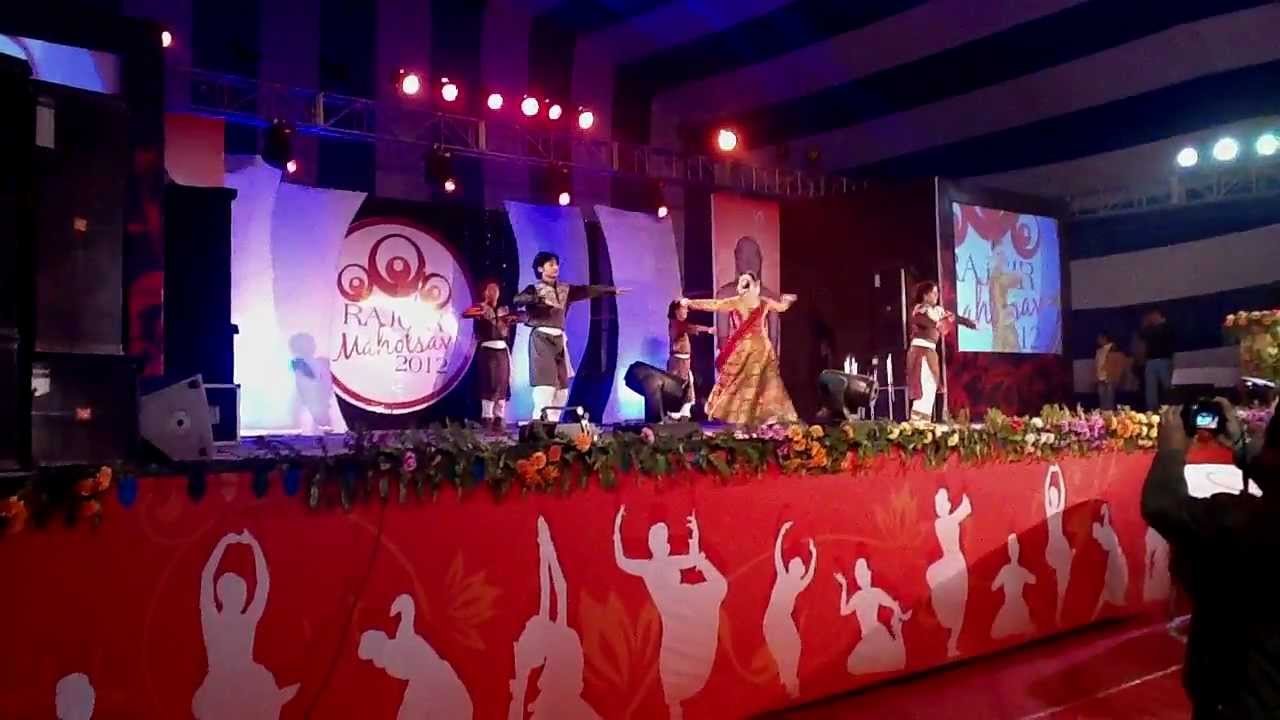History of Rajgir Mahotsav
Presently a humble community, Rajgir was previously the capital of the powerful Magadh domain and was referred to by different names, for example, Vasumati, Barhdrathpura, Girivraja, Kusagrapura, and Rajgriha. The incomparable Hindu epic Ramayana says that the legendary ruler Vasu, a child of Lord Brahma, established this town and named it Vasumati.
As per the Mahabharata, Jarasandha who was murdered by Bhima in a duel, administered over this territory and his capital was at Barhdrathpura. Even though nothing is thought about Kusagrapura, Girivraja and Rajgriha, they figure routinely in Buddhist and Jain writings. The last Rajgriha is the one from which the current name Rajgir has been determined.
During the 6th century BC, Rajgir was the capital of the amazing realm of Magadh. It was likewise the focal point of extraordinary strict and scholarly action. The Buddha made a few visits to this town and remained here for an impressive opportunity to spread his convention. Then again, Jain writings say that their last witness, Mahavira, passed 14 stormy seasons in Rajgir and Nalanda. Likewise, it was the origination of Muni Suvrata, an archetype of Lord Mahavira and the focal point of the Ajivika order.
Importance of Rajgir Mahotsav
It is situated in the Indian territory of Bihar around 60 km southeast of the capital Patna. Rajgir Mahotsav is well known for rock-cut caverns, posts, Buddhist vestiges, shell engravings, Hindu and Jain sanctuaries and Muslim burial chambers. The spot is very much associated with different Bihar and eastern India pieces through rail route and streets. Over the underground aquifers on the Vaibhava Hill is a rectangular stone etched by nature’s powers, which seems to have been utilized as a lookout. It later becomes the retreat of recluses and is famously known as Jarasandha Ki Baithak after the name of the King Jarasandha, a contemporary of Lord Krishna portrayed in the epic Mahabharta.
Interesting Facts about Rajgir Mahotsav
However, little zone savvy, Rajgir Mahotsav is a significant journey community for three of India’s extraordinary religions, Hinduism, Buddhism, and Jainism. There are journey destinations of every one of these religions in the town.
From the Vaibhava Hill foot, a flight of stairs paves the way to the different sanctuaries. Separate washing places have been coordinated for people, and the water comes out from spouts through the Saptadhara or seven streams accepted to discover their source behind the Saptkarni Caves up in the slopes. The most blazing of the springs is the Brahmakund with a temperature of 45°C.
On the Griddhakuta or Vultures Peak, the Buddha put into action his second Wheel of Law. A quarter of a year consistently during the blustery season, he lectured his devotees about it. The Buddha Sangh of Japan has developed a monstrous current stupa, the Shanti (harmony) stupa at the slope’s highest point. One can move up to the top along a harness way yet the airborne chairlift is also energizing.
Ajatshatru’s Fort, implicit 6th century BC, is arranged around six km from the Rajgir rail line station. The post was. Bimbisara’s prison is arranged here where, as indicated by the legends, he was detained by Ajatshatru.
The Swarna Gufa is around six km from the railroad station. It is accepted that there is a treasury of gold actually covered up here. If one can interpret the engraving engraved here, the ways to the brilliant vaults would open.
Time To Celebrate
The environment of Rajgir, like different pieces of the Gangetic fields, is extraordinary. The late spring from April to July is hot and damp here, and the normal temperature can arrive at roughly 45°C, and the overall mugginess can go up to around 80%. Winters are cold with the normal night temperature at around 10°C. Ordinarily, the normal temperature stays around 20°C. Storm contacts this locale in July/August and proceeds till September.
